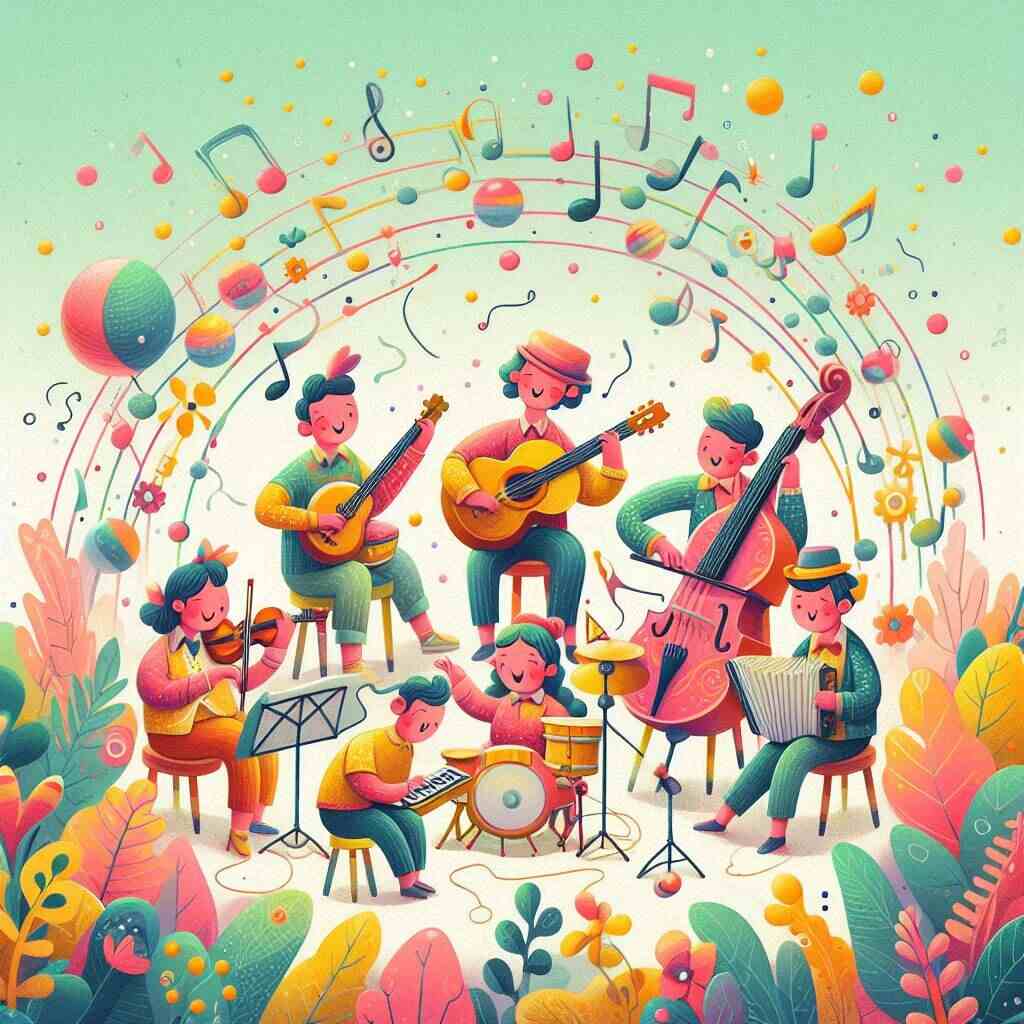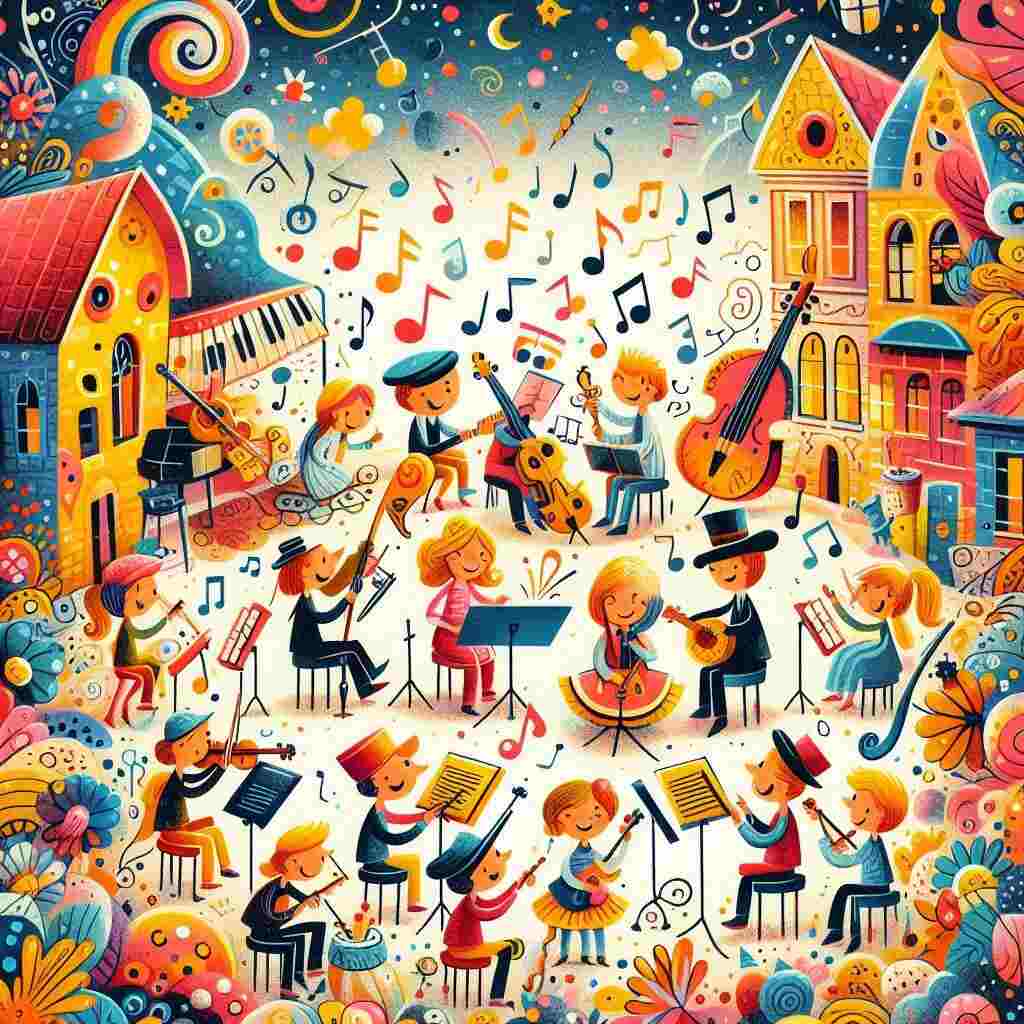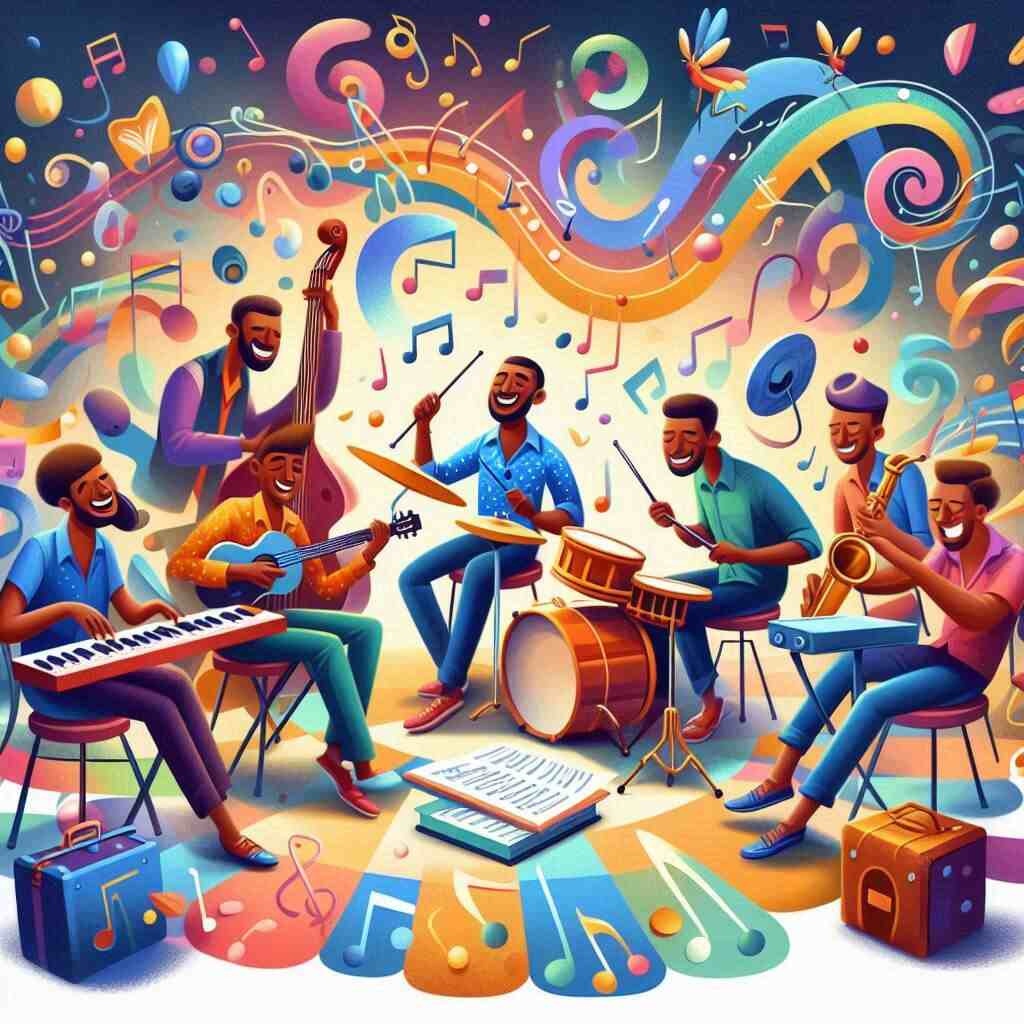Introduction: The Musical Prophet of Doom
Imagine a man so convinced that music could transcend space and time, he planned a performance so powerful it would destroy the world—and remake it anew.
This isn’t science fiction.
This was Alexander Scriabin—a Russian composer, philosopher, mystic, and visionary who genuinely believed he was destined to trigger the spiritual transformation of humanity through a single, cataclysmic work of art.
And no, this isn’t hyperbole. This is why Scriabin wanted to end the world.
But why would someone—gifted, revered, and celebrated—embrace such a radical goal?
Let’s dive deep into his mind, his motives, and his magnum opus to uncover what drove Scriabin toward the ultimate crescendo.
Who Was Alexander Scriabin?

Before we dive into the apocalyptic stuff, let’s humanize the man behind the madness.
Born in 1872 in Moscow, Scriabin was a prodigious pianist and composer. Often compared to Chopin in his early years, Scriabin soon charted a more experimental course—musically and spiritually.
But what made him special wasn’t just his piano sonatas or orchestral masterpieces—it was his unshakable belief that music was the key to transcendence, even divinity.
He didn’t just want to compose symphonies.
He wanted to ignite the soul of the world.
From Notes to Nirvana: Scriabin’s Spiritual Awakening

By his early 30s, Scriabin had taken a sharp turn from Romanticism toward esotericism, inspired heavily by Theosophy, a mystical philosophy that blends aspects of Hinduism, Buddhism, and occult metaphysics.
He believed that humanity was on the cusp of a spiritual awakening and that art—especially music—would be the catalyst.
Sound familiar? Like Nietzsche’s Übermensch? Or maybe Tesla’s divine frequencies?
Yes, Scriabin was in that rare class of minds: brilliant, otherworldly, and just a little dangerous.
Theosophy: The Blueprint Behind His Cosmic Vision

Theosophy was more than an inspiration—it was Scriabin’s intellectual backbone.
Its core belief? The physical world is just a shadow of a higher reality, and spiritual evolution is the goal of human existence.
Scriabin bought into this wholesale. He believed he was a spiritual messenger—a conduit between dimensions—and that music could realign human consciousness with the divine.
This philosophy became the seed of his most terrifying and beautiful idea.
The Birth of a World-Ending Idea: Mysterium
Now we arrive at the heart of Scriabin’s vision: a work so audacious, so unrepeatable, that it would dissolve all boundaries between matter and spirit.
That work was Mysterium.
Scriabin envisioned Mysterium not as a concert but as a ritual of cosmic transformation.
Picture this:
- A seven-day multimedia performance
- Set in the Himalayan foothills
- Involving music, light, scent, movement, and architecture
- Culminating in the obliteration of the physical world
Yes, seriously.
To Scriabin, this wasn’t annihilation. It was ascension.
In his own words, Mysterium would awaken “a new being” and usher in a “higher form of existence.”
Music as a Portal to Transcendence
Scriabin didn’t just compose music. He channeled it.
He suffered from synesthesia—a condition where senses overlap—allowing him to “see” sounds as colors.
This deeply affected his compositions, infusing them with chromaticism, dissonance, and harmonic structures that seemed to bend reality.
His final works—like the Poem of Ecstasy and Prometheus: The Poem of Fire—weren’t just performances. They were spiritual invocations.
To Scriabin, music wasn’t entertainment. It was alchemy.
Why Did Scriabin Want to End the World?
Now for the million-dollar question.
Why would a man dedicate his life to ending the world?
Because in Scriabin’s view, this world was broken. Too physical. Too mundane. Too disconnected from the divine.
He didn’t want destruction for its own sake. He wanted transcendence—a mass awakening through sound, color, and ritual that would obliterate ego, pain, and even time itself.
In his reality, death wasn’t an end—it was transfiguration.
He didn’t see Mysterium as apocalypse. He saw it as revelation.
Visionary or Madman? Psychology Weighs In
Modern psychologists might diagnose Scriabin with delusional grandeur or even megalomania.
But can we be so quick to dismiss him?
History is full of mystics, prophets, and visionaries who were mocked in their lifetimes—only to be revered later.
Was Scriabin mentally ill, or was he just ahead of his time?
Or maybe, just maybe, those two things aren’t mutually exclusive.
What Was Mysterium Supposed to Look Like?
Scriabin never finished Mysterium—he died in 1915 with only sketches and notes left behind.
But those sketches are staggering.
He envisioned an open-air temple in the Himalayas, complete with shifting architecture, clouds of incense, and dancers performing symbolic movements—accompanied by ever-evolving music and radiant light.
No audience. Only participants.
As the ritual progressed, the boundaries between self and other, matter and spirit, would dissolve, culminating in the collapse of the material world—and the birth of a new one.
Can Mysterium Be Recreated Today?
Interestingly, modern technology has made it possible to simulate some of Scriabin’s visions.
With AI-generated music, immersive VR, multi-sensory environments, and quantum sound healing—could Mysterium be staged in our time?
Perhaps. But would we dare?
Scriabin wasn’t just writing music. He was invoking metaphysical forces. Forces he believed would reshape reality.
Would you attend that performance?
Scriabin’s Influence on Modern Art and Music
Though Mysterium was never completed, its spirit lives on.
You can see Scriabin’s fingerprints in:
- Avant-garde cinema
- Synesthetic art installations
- Spiritual jazz and ambient electronica
- Esoteric performance rituals
Artists like John Cage, Olivier Messiaen, and even David Lynch have echoed Scriabin’s obsessions.
They too ask: Can art change what we are?
Comparing Scriabin to Other Visionary Artists
Scriabin wasn’t alone.
Think William Blake, who claimed to talk to angels.
Or Nietzsche, who declared God was dead and longed for an Übermensch.
Or Salvador Dalí, whose surrealism bent the laws of physics and form.
These were artists not content to paint or write or compose—they wanted to remake the world through art.
Scriabin simply took that to its extreme conclusion.
Scriabin’s Legacy: The End That Never Came
Scriabin died unexpectedly at age 43 from septicemia.
He never got to stage Mysterium.
But in a way, that may have been the point.
The apocalypse he envisioned wasn’t a date—it was a metaphor. A dream. A warning. A yearning.
And perhaps, a mirror for our own spiritual hunger.
Conclusion: The Composer Who Heard the End
Scriabin didn’t want to end the world because he hated it.
He wanted to liberate it.
To him, this reality was a song half-sung. A canvas only half-painted. A note left unresolved.
His answer? End it with one final, divine crescendo—and start anew.
Whether you see him as mad or magnificent, one thing is certain:
Scriabin didn’t just write music. He wrote destiny.
FAQs: This Is Why Scriabin Wanted to End the World
1. What is Scriabin’s Mysterium?
A planned multi-sensory performance intended to dissolve the material world and usher in spiritual rebirth.
2. Did Scriabin literally want to end the world?
Yes, but spiritually. He believed the end of the physical world would lead to higher consciousness.
3. Was Scriabin mentally ill?
He showed signs of grandiosity, but some argue he was a spiritual visionary rather than delusional.
4. Why the Himalayas?
Scriabin believed the location held mystical energy, ideal for his cosmic ritual.
5. What is synesthesia, and how did it affect him?
A neurological condition where senses overlap. Scriabin saw colors in sounds, shaping his compositions.
6. Is Mysterium playable today?
Not fully. Only sketches exist, but some artists and AI projects have tried to interpret it.
7. What kind of music did Scriabin write?
He started with Romantic piano music, evolving into complex, atonal, and mystical symphonies.
8. Who influenced Scriabin?
Chopin, Nietzsche, Theosophy, and Eastern philosophies were key influences.
9. Has anyone attempted Mysterium?
Yes, some orchestras and digital artists have created partial interpretations.
10. What was Scriabin’s ultimate message?
That art and music could awaken humanity to a higher spiritual dimension—through beauty, unity, and transcendence.


